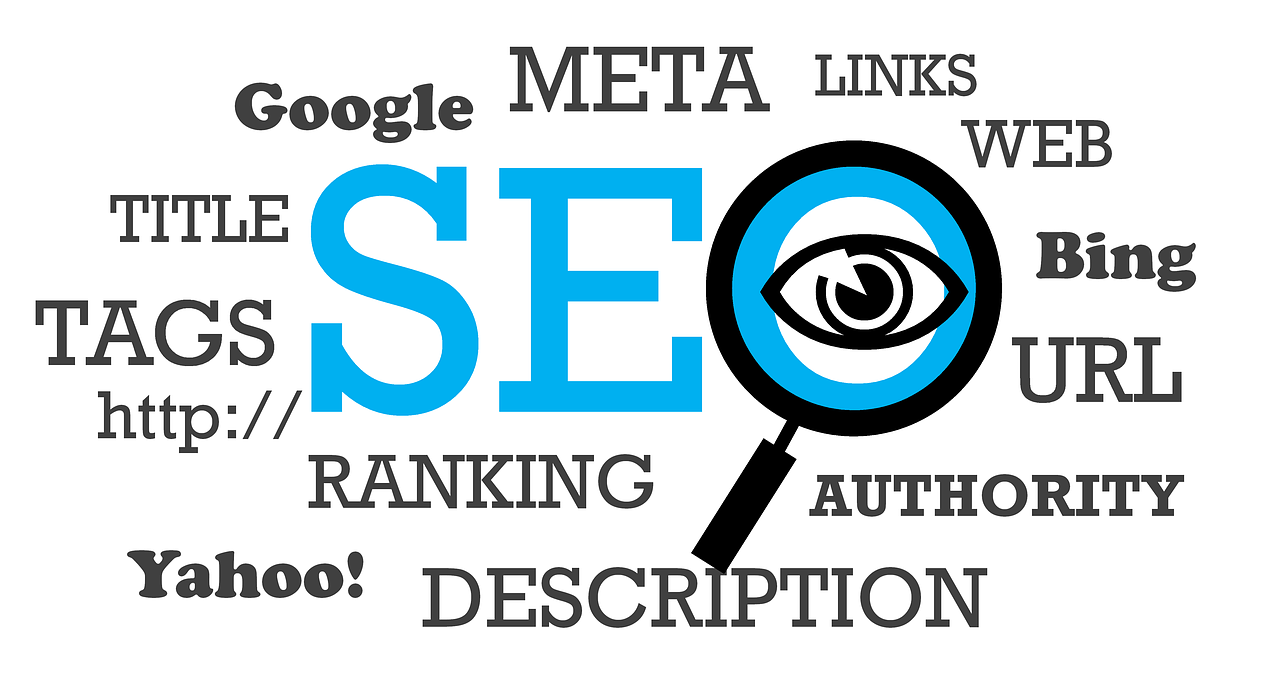SEO is much more than just creating content for the keywords your users/readers are searching for. Surprised? You are not the only one who thinks that an SEO strategy should be focused on keywords. However, that’s no longer enough to achieve your marketing objectives.
Many businesses have the basics of SEO down and understand its importance. But they often ignore that the content they produce should first serve the needs of their audience and then theirs.
Google wants high quality content that provides value to the users. If you are wondering why your SEO strategy isn’t working, chances are you might be creating content mainly focused on keywords.
In this post, I’ll take you through the process of fabricating an effective SEO strategy for your business. A strategy that not only helps you rank better, but also helps meet your audience’s needs.
What Is An SEO Strategy?
An SEO strategy is the process following which you optimize your website’s content and performance to appear higher in search results. It is essentially a process to attract more organic traffic to your website aiming to increase your brand awareness or revenue.
Let’s understand SEO strategy in the context of a basketball game.
In basketball, the coach analyzes his team’s strengths and weaknesses and works on overcoming any shortcomings. Then, in a game, he analyzes the opponent’s strengths and weaknesses and devises a plan to exploit their weaknesses. Every move you make in the game is aimed at scoring points.
An SEO strategy is similar to the plan a coach makes for each quarter of the game. It provides a roadmap for you to follow to achieve your marketing goals. In content marketing, an SEO strategist plays the role of the coach. An effective SEO strategy outlines steps for you to follow in order to achieve your objectives. And the more steps you follow, the more points you score. Until, eventually you come out on the top.
Creating an effective SEO strategy is crucial because it helps you keep your content organized. This makes it easier for bots like Google crawler to index your website’s pages, identify areas of expertise, and rank your site.
The Role Of An SEO Strategist
An SEO strategist is the one responsible for creating an effective SEO strategy to help your website rank higher in SERP and gain more organic traffic. An SEO strategist can be considered as a highly specialized content strategist. They help businesses discover new opportunities to answer their audience’s questions. This helps businesses present themselves as industry leaders.
When your audience views you as an effective source of information within your industry, it also helps build authority on search engines. An SEO strategist creates and executes SEO strategies primarily focused on three types of SEO.
- On-Page SEO
- Off-Page SEO
- Technical SEO
On-page SEO focuses on content on site pages and how to optimize it using SEO best practices to improve the website’s ranking.
Off-page SEO involves link building by getting links directed from reputable sources.
Technical SEO focuses on the website’s overall structure. It involves improving the website’s performance,making it more seamless for the users. Website performance, like page-speed insights, is a critical factor that every search engine considers when ranking a website.
Now that you know what an SEO strategy is, let’s look at what you are here for.
Expert Tips To Create An Effective SEO Strategy
Creating an SEO strategy is essential for your business’s digital success. If you want to dominate the SERPs, then you need an effective strategy. A strategy that’ll take you to the top of search engine rankings. But what does an effective SEO strategy involve? Let’s find out;
1- Mobile Optimization
Did you know that Google now uses mobile-first indexing. This means that Google’s smart crawler now uses the mobile phone version of your website when indexing and ranking pages for SERPs. It no longer uses the desktop version. But why?
It is because Google values user experience, and it knows that more than 50% of users use their phones to access search engines.
This means that your website must be mobile optimized if you want to rank higher on search engines. When creating an effective SEO strategy, you must have a mobile first approach.
But what does mobile first approach mean? It means that your website must have the following;
- A Responsive Design
- Fast Loading Speed
- Mobile Friendly Navigation
- Easily Readable Text
- Touchscreen Compatibility
- Mobile Friendly Pop Ups
- Viewport Configuration
- Optimized Images
- Schema Markup for structured data
You can make sure your website is mobile friendly by continuously testing your website’s performance using Google’s mobile friendly test. You can also use analytics tools to monitor mobile specific analytics. This will help you keep your website mobile optimized, increasing your chances to rank higher on search engines.
2- Identify Keywords
Keyword research has been always considered a critical aspect of SEO, and it always will be. However, merely using tools like Google Keyword Planner, SEMrush, and Ahrefs isn’t enough.
You have to take a more hands-on approach. That’s why I used “Identify Keywords” as the heading for this section and not “Keyword Research.” Here’s how you can identify keywords for your business.

2.1 Search The Head Term
The head term if you don’t know is the term that can be used to describe your business. For example, If I were looking to create an SEO strategy for Oregon Advertising, then the head term I would search for would be “Marketing Agency” or “Digital Marketing”.
The reason to do this is to understand the search landscape. You don’t need fancy tools for this. When you search for your business’s head term, take note of everything. This includes looking at related search terms and the SERP features. Here are some of the SERP features that might pop up when you search for the head term.
- Featured Snippets
- Local Packs
- Image Packs
- Knowledge Packs
- People Also Ask boxes
These features will provide you valuable information that will help optimize your website.
2.2 Understand The User Intent
Understanding the user intent is a crucial aspect of creating an effective SEO strategy. This helps you optimize your content and website according to what the users are looking for. You can use Google’s unique filters generated for your search term.
This will help you get valuable insights such as;
- What are users looking for that’s related to your search term?
- What would they find most useful?
- Do your services or products match what users are searching for?
- Can you offer an article or a product page that’ll satisfy the user’s needs?
These insights will help you develop a strategy accordingly.
Google’s unique filters will also help you identify long-tail keywords that you can later use in your content. It is particularly important since the head term you’ll use will probably have a lot of competition.
2.3 Analyze SERP
The next step is to analyze the SERP against your search term. Once you’ve applied the filters, excluding images, shopping, and maps, take a look at the result pages. This will help you identify the following;
- How competitive is your niche.
- Who is your competition?
- What SERP features is Google including?
- What type of pages are ranking. Are they blogs, articles, or product/service pages?
This helps identify what type of content you need to create to rank well against your search term. Also, you’ll know who your competitors are. This is when you’ll need tools such as SEMrush or Ahrefs for competitor analysis and identify keyword gaps.
Now your keyword research is complete.
3- E.E.A.T Your Competition
It would not be wrong to say that authority is everything for search engine rankings. Gone are the days when only using keywords was enough to rank well. Google now takes multiple factors into account other than keywords when ranking a website.
These factors are mostly content quality related;
- Expertise
- Experience
- Authority
- Trustworthiness
These factors are a part of Google’s search quality rater guidelines. This means that Google wants to ensure that you are trustworthy and qualified to deliver the information you’re delivering.
Considering these factors when creating an SEO strategy is important to rank well.
4- Create Helpful Content
Your content should be SEO optimized but your goal must be to help the users and not just to rank well. This is where the keywords you identify will come into play. But this does not mean that you should write to satisfy the search engine algorithms. Always write for humans first and satisfy algorithms later. Make this a rule of thumb for whenever creating content for your website.
You must also adhere to SEO best practices when creating content. Practices such as adding keywords in;
- The Page Title
- H1
- Text
- Meta Descriptions
- URL
- Alt text for images
In short, you should find a sweet spot that satisfies the users as well as the algorithms.
Need Help?
Creating an effective SEO strategy is no easy task, especially if you do not have any prior SEO experience. If you are looking to create an SEO strategy that’ll help you dominate the SERPs, then you are at the right place.
Leave us a message and our experts will help come up with a strategy that will help you achieve your marketing objectives.

